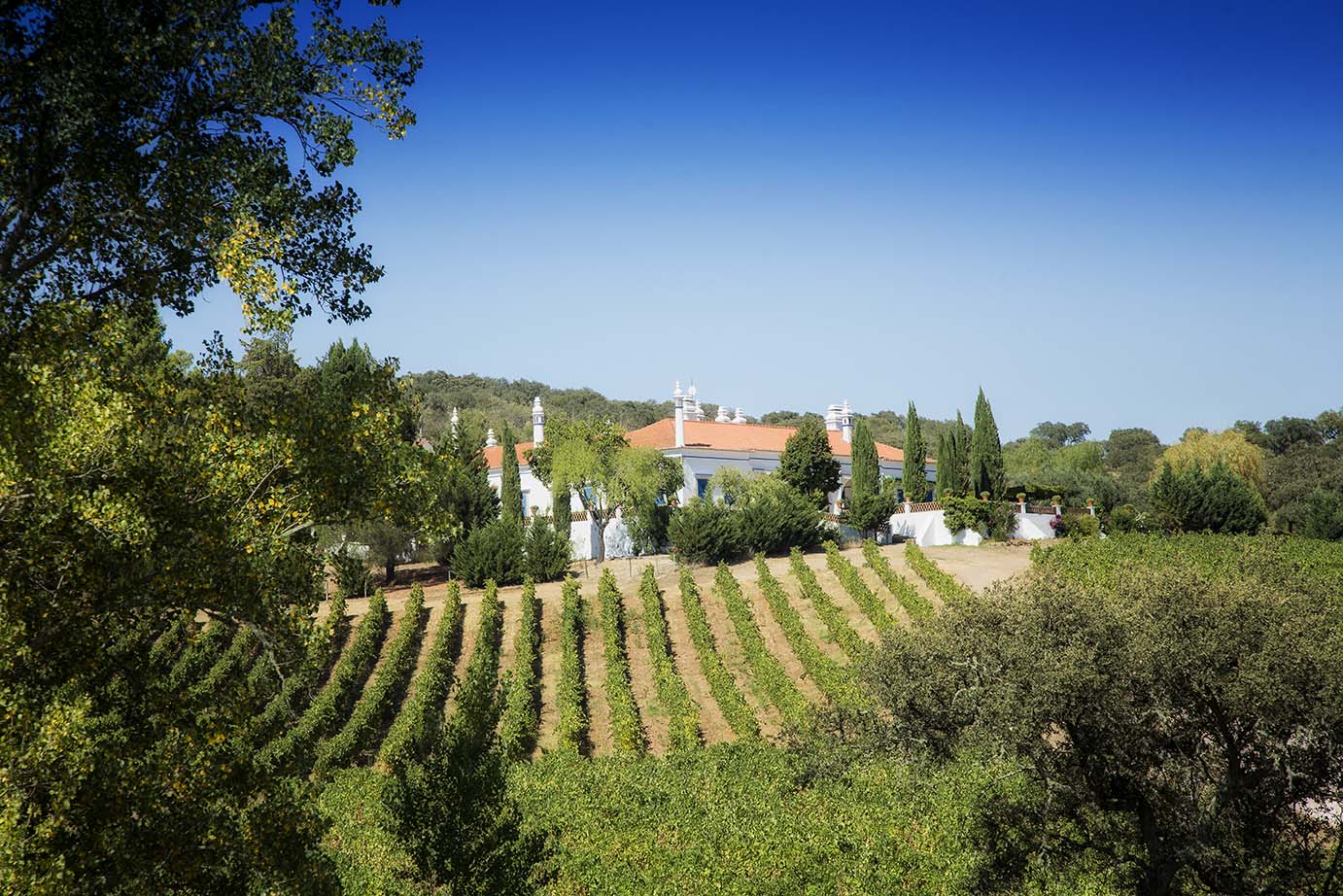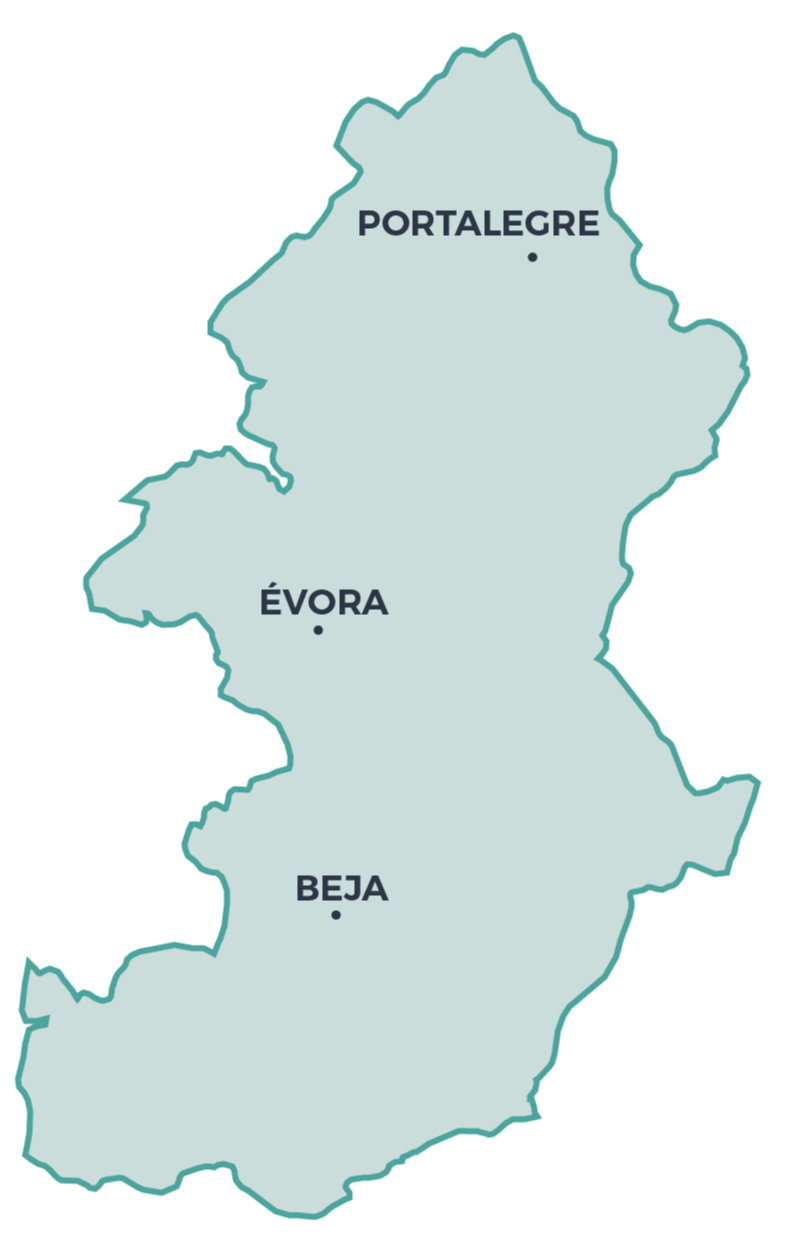
Alentejo & Ribatejo
Alentejo
To get to know the history and culture, one of the options is to visit the “open-air galleries”. From prehistoric times, in the Serra de São Mamede, the highlight is the Meada Menhir, the largest on the Iberian Peninsula. A visit to Roman time, without leaving Évora: the defensive wall, the thermal baths, the Arch of D. Isabel, the House of Burgos and the Temple of Diana, the latter an ex-libris of the city. In Mértola, by the River Guadiana, the Arab heritage is at its peak, with the mosque (now the parish church), the only well-preserved one in Portugal, standing out. Dozens of castles and fortified towns were left over from the reconquest, such as Marvão and Estremoz. The Discoveries and the Renaissance created a unique style, the Manueline, with the Ducal Palace of Vila Viçosa being an icon of the Renaissance. Sines, Évora and Vidigueira celebrate one of Portugal's greatest navigators: Vasco da Gama.
One of Portugal's most emblematic demarcated regions, the Alentejo represents around 10 per cent of its total area. Here, the flat land and lack of orographic barriers prevent the condensation of humidity from the sea, reducing the Atlantic expression in the wine, with the exception of some projects on the Costa Vicentina. It should be noted that it is the few orographic features that individualise the profiles of the 8 sub-regions, for example the wines from Serra de S. Mamede, Serra do Mendro and Serra d'Ossa are characterised precisely by their altitude. Another hallmark of this region is its "talha" wines, a practice popularised by the Romans, consisting of the use of clay jars for fermenting must and storing wine.

DEMARCATED REGION
Alentejo
3 REASONS TO VISIT
- A peaceful getaway
- Charming towns
- Cork tree forests and centuries-old olive groves
ACTIVITIES
© 2022 WINE TRAVEL WEEK
DESENVOLVIDO POR 4POR4



